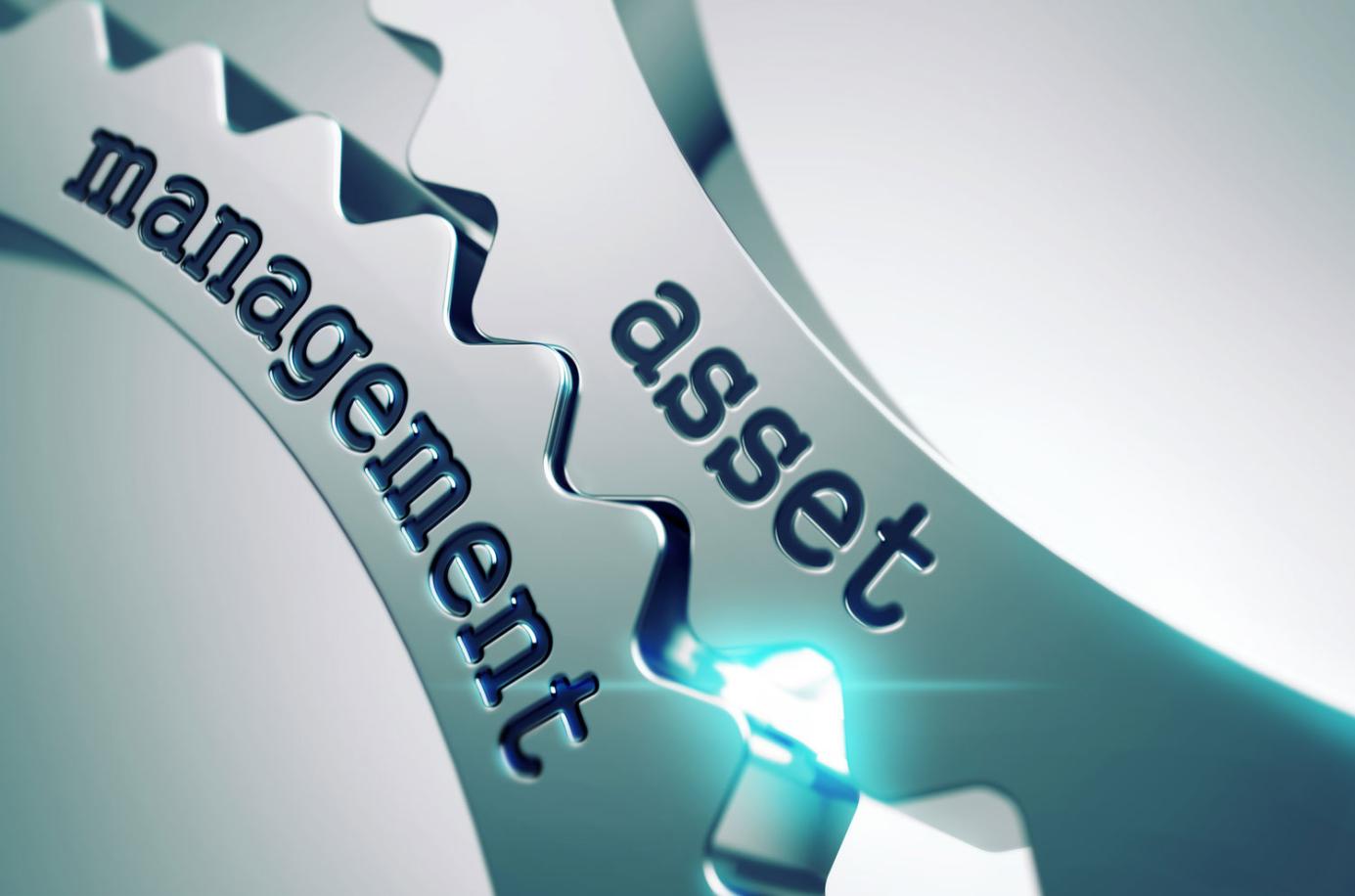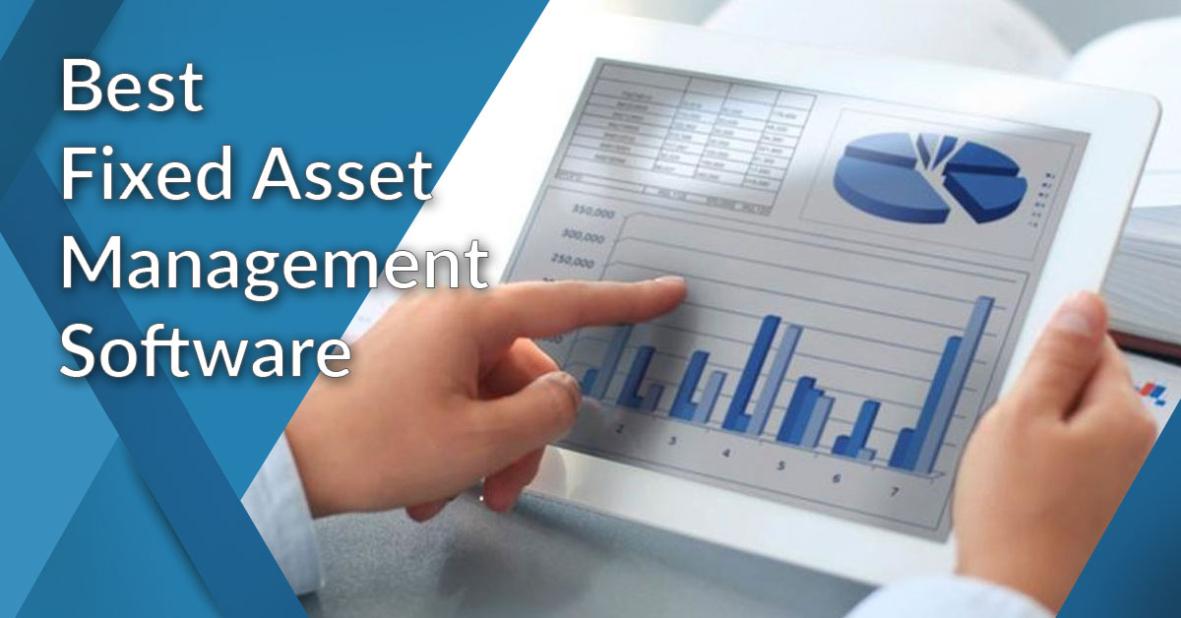How Can Technology Enhance Government Asset Management Practices?
Effective government asset management is crucial for optimizing public resources, ensuring service delivery, and maintaining public trust. Technology plays a transformative role in modernizing asset management practices, offering numerous benefits and unlocking new possibilities.

I. Benefits Of Technology In Asset Management
Improved Data Collection and Analysis
- Real-time data capture through sensors and IoT devices provides comprehensive and up-to-date asset information.
- Centralized data repository allows for easy access, analysis, and reporting on asset data.
Enhanced Asset Tracking and Monitoring
- GPS tracking provides real-time location data, enabling efficient asset tracking and deployment.
- Predictive maintenance based on data analytics helps prevent unexpected failures and optimizes asset utilization.
Optimized Resource Allocation
- Data-driven decision-making supports informed asset maintenance and replacement strategies.
- Reduction in unnecessary expenditures through better resource allocation.
Increased Transparency and Accountability
- Transparent asset records accessible to stakeholders foster trust and accountability.
- Improved compliance with regulations and standards through enhanced record-keeping.
II. Specific Technologies For Asset Management
Asset Management Software
- Centralized platform for asset data management, including inventory, maintenance logs, and financial information.
- Integration with other systems (e.g., GIS, ERP) for seamless data exchange.
Internet of Things (IoT)
- Sensors and devices for real-time data collection on asset performance, environmental conditions, and usage patterns.
- Remote monitoring and control of assets for proactive maintenance and optimization.
Artificial Intelligence (AI)
- Predictive analytics for asset maintenance, identifying potential issues before they occur.
- Automated asset inspection and reporting, reducing manual effort and improving accuracy.
Blockchain
- Secure and transparent record-keeping for asset ownership and transactions.
- Prevention of fraud and unauthorized asset transfers.
III. Implementation Considerations
Data Interoperability
Ensuring compatibility between different data sources and establishing data standards for effective integration.
Data Security
Protecting sensitive asset information from cyber threats and implementing robust cybersecurity measures.
User Training and Adoption
Training staff on new technologies and processes, and encouraging user adoption for successful implementation.
IV. Case Studies And Examples

Showcase successful implementations of technology in government asset management, highlighting benefits realized, challenges faced, and lessons learned.
V. Conclusion
Technology has the transformative potential to revolutionize government asset management practices. By embracing technology, governments can enhance data collection, optimize asset utilization, increase transparency, and improve decision-making. This leads to better stewardship of public resources, improved service delivery, and ultimately, increased public trust. Further investment and innovation in this area are essential for governments to fully leverage the benefits of technology and meet the challenges of the 21st century.
YesNo

Leave a Reply